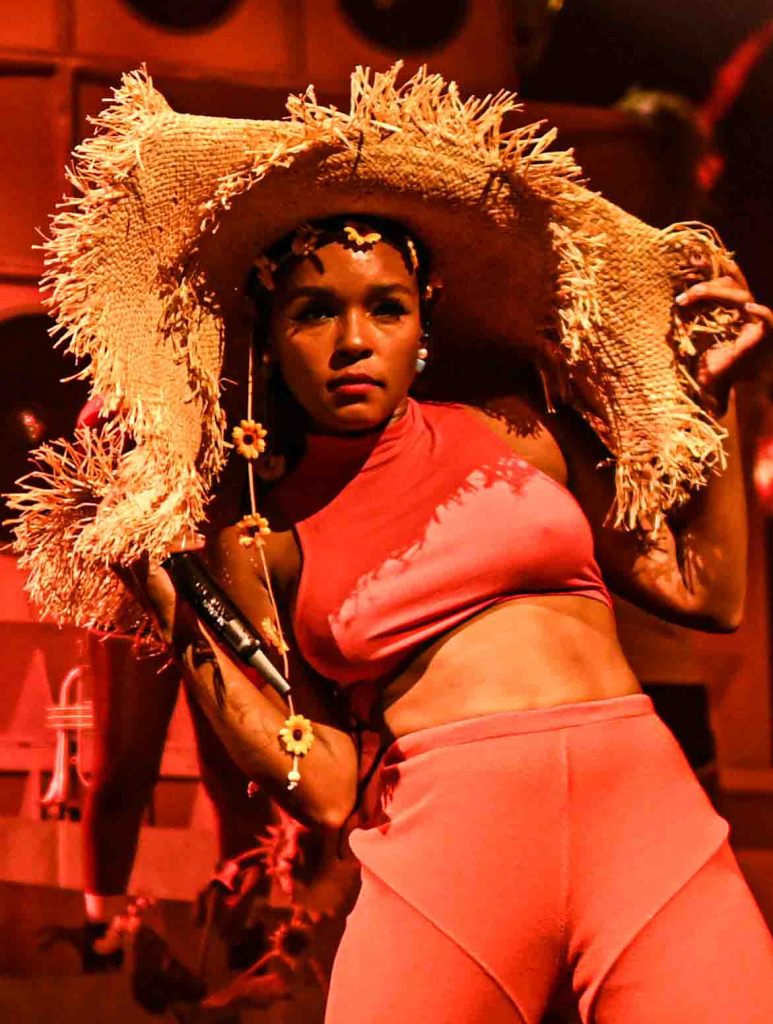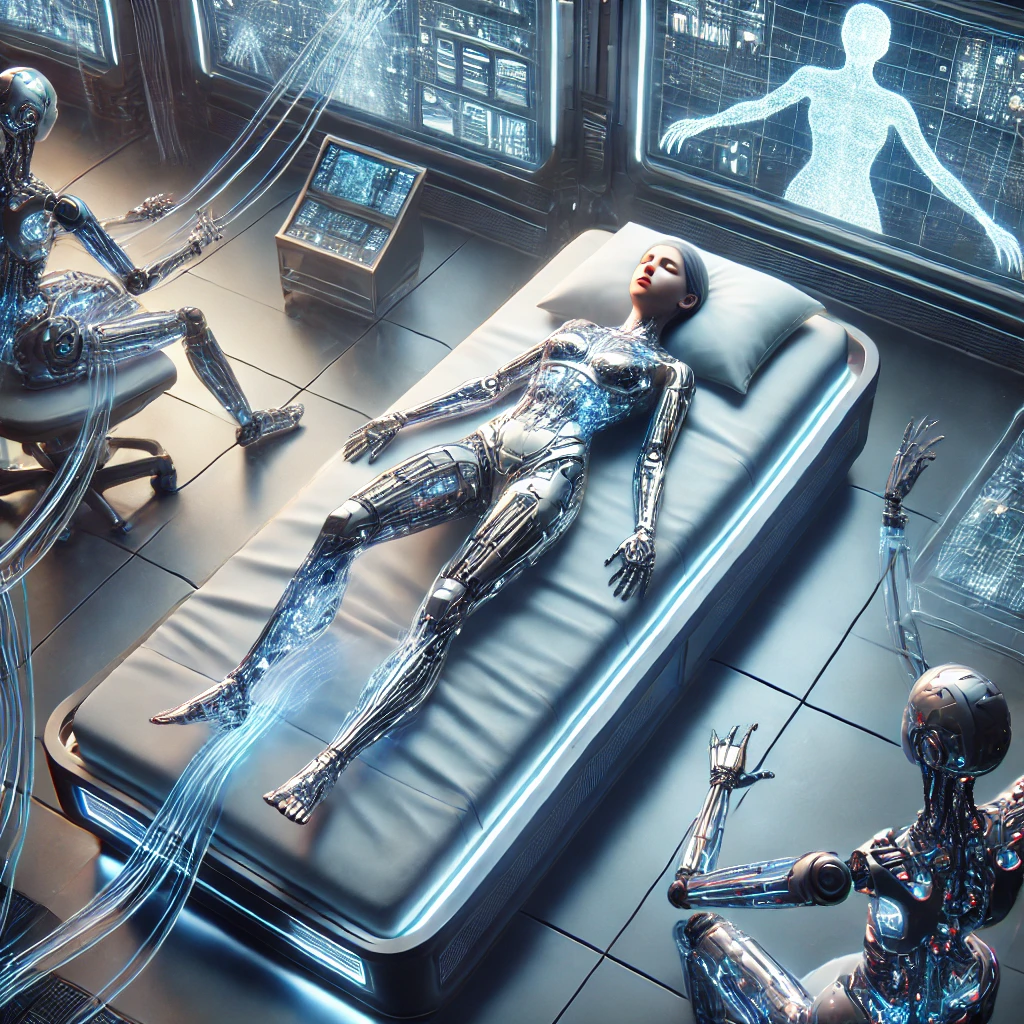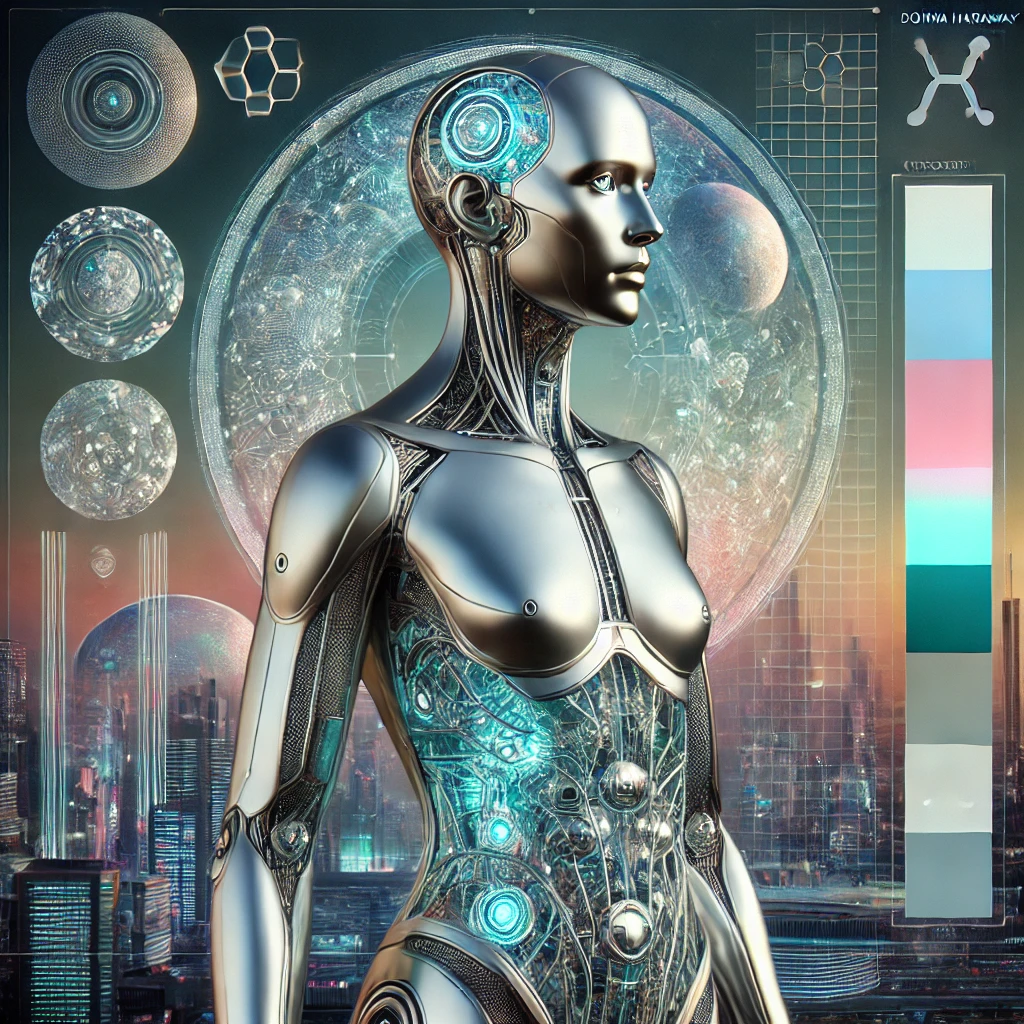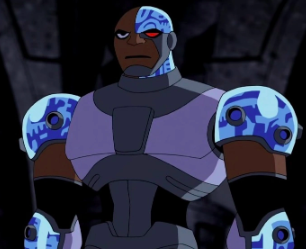In Donna Haraway’s Cyborg Manifesto, she envisions a world where identity is not fixed by traditional categories such as gender, race, or sexuality, but is instead flexible and shaped by technology. She imagines the “cyborg” as a hybrid being, one that is not limited to binary thinking and traditional systems of power. This idea connects with the themes in Janelle Monáe’s Dirty Computer, which portrays a dystopian future where individuals who don’t conform to societal norms are persecuted, particularly those who deviate from traditional gender roles or sexual identities.
Monáe’s album is a strong statement of self-empowerment and resistance against a world that seeks to control and define people. In tracks like “Pynk” and “Make Me Feel,” Monáe celebrates fluidity in sexuality and gender, breaking down the binaries that Haraway critiques in her manifesto. Just as Haraway imagines a future where technology can help dismantle restrictive identities, Monáe uses her music as a platform for self-expression that challenges norms. The metaphor of the “dirty computer” speaks to a body that is “corrupted” or “imperfect” by societal standards, yet this imperfection is what makes it human and powerful. It matches Haraway’s idea of the cyborg, which rejects the notion of perfection and natural ideals in favor of a more hybrid and, ultimately, free existence.
The story in Dirty Computer reflects Haraway’s criticism of the restrictions placed on gender and sexuality. In songs like “Django Jane,” Monáe reclaims her power and space, both as a woman and as a person of color. This is a theme that mirrors Haraway’s call to break down traditional power structures. Monáe’s depiction of a persecuted group in Dirty Computer directly mirrors Haraway’s warning that systems of domination, whether through gender, race, or technology, often rely on rigid categories to maintain control. In Monáe’s world, non-conforming individuals are labeled as “dirty” or “outlaws,” much like the cyborg rejects the boundaries set by society.
Ultimately, Dirty Computer offers a musical interpretation of Haraway’s cyborg. Both works question the concept of identity as something static and instead embrace fluidity, technology, and resistance as pathways to a more liberated existence.



